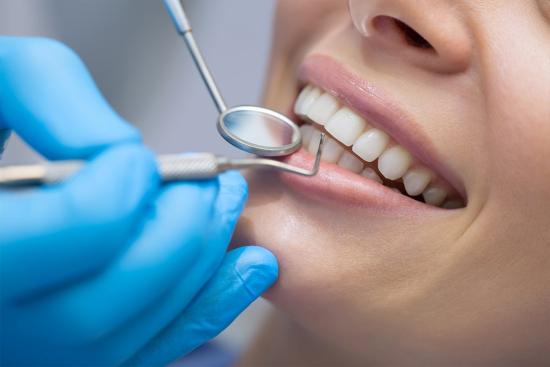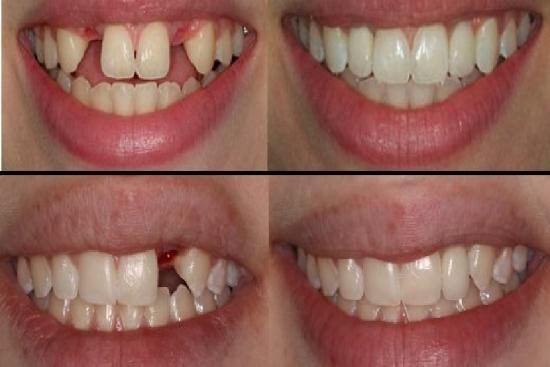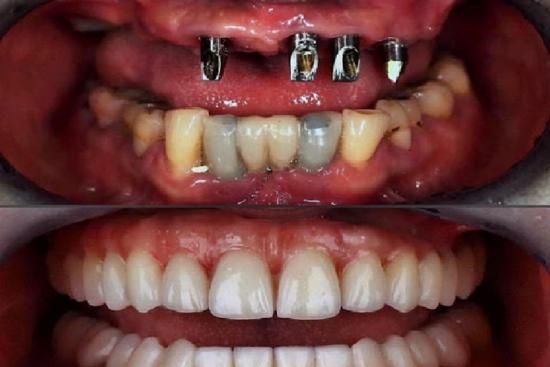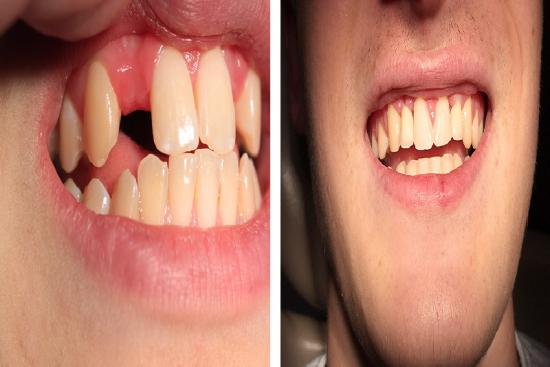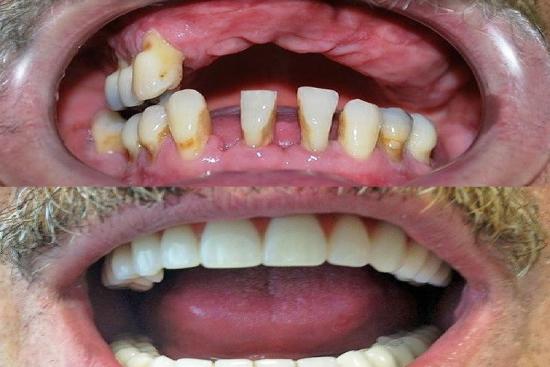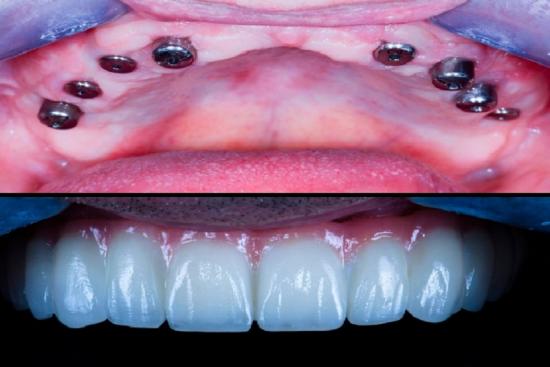The loss of a tooth can have a significant impact on both smile aesthetics and oral health. To alleviate this problem, dental implants in Turkey offer a permanent, natural and highly effective solution. A dental implant is a screw-shaped artificial root made of biocompatible materials that is optimally integrated into the jawbone (upper or lower).
This solid structure supports fixed dentures, such as crowns or bridges, restoring functionality and appearance similar to that of natural teeth.
- Patients requiring replacement of one or more teeth with implants.
- Infection.
- Pain.
- Bleeding.
- The placement of the implant, or the crown lasts between 1 and 2 hours.
- Crown placement 4 to 6 months after implantation.
- 95%.
Price of a dental implant in Turkey
Would you like to restore your radiant smile with a quality dental implant? Thanks to Turquie Santé, you have access to the best dental clinics in Turkey, where you'll be cared for by experienced dentists at competitive rates.
Our platform puts you in direct contact with certified healthcare professionals, experts in dental care and implant placement. In collaboration with Turkey's most reputable clinics, we guarantee tailor-made treatments combining quality, durability and aesthetics. Whether you need a single dental implant or a complete restoration, our partners will meet your expectations with precision and professionalism.
The average price of a dental implant in Turkey is around 400 euros, representing an affordable solution for long-lasting, aesthetic treatment.
To help you make the right choice, Turquie Santé offers you a free teleconsultation with one of our specialist doctors. Benefit from a free personalized quote and advice tailored to your situation.
Make an appointment now with one of our partner clinics and start your treatment process.
With Turquie Santé: results that speak for themselves, a smile that shines!
Best Clinics with Verified Reviews

- Renowned specialty dental clinic
- 12 examination rooms
- 26 specialized dentists on an area of 2,000 m2

- Specialised dental clinics in Istanbul
- 40 examination rooms
- 60 dentists in total area of 4.000 m2
What is a dental implant?
A dental implant is a fixed prosthetic solution designed to replace one or more missing teeth. It consists of an artificial root, usually made of titanium, which is inserted into the jawbone (maxillary or mandibular). This solid base is then used to support an artificial tooth (crown, bridge or prosthesis),providing lasting aesthetic and functional restoration.
The main purpose of a dental implant is to fill the space left by one or more missing teeth, whether following extraction or natural loss. This solution can be applied to both the upper and lower arches.
It's important to note that the placement of a dental implant is a surgical procedure in its own right, requiring precise planning and medical expertise.
For an implant to be fully functional, it must integrate with the jawbone through a process called osseointegration. This means that the implant's titanium screw gradually fuses with the bone, creating a solid, stable base. However, this process can only succeed if the surrounding bone and gum tissue are healthy. A prior assessment of the condition of the jaw and gums is therefore essential to ensure successful implantation.
Composition of a dental implant
Dental implants are titanium screws surgically inserted into the jawbone (maxilla or mandible) to replace one or more missing teeth. They reproduce the function of a natural tooth root and provide a solid anchor for dental prosthesis. An implant consists of three main components: the endosseous screw, the abutment and the dental prosthesis.
- Endosseous screw: this is the part anchored directly in the jawbone, acting like an artificial root. Once fitted, it undergoes a process called osseointegration, during which it gradually fuses with the surrounding bone. This integration, made possible by titanium's biocompatibility, ensures optimal implant stability and durability.
- The abutment: This is the intermediary piece that connects the endosseous screw to the dental prosthesis. It emerges from the gum and serves as a solid anchor for the crown or prosthesis. Also known as a transmucosal component, it is designed to adapt perfectly to the gingival mucosa.
- The dental prosthesis: This is the visible part of the implant. It precisely reproduces the shape, color and function of a natural tooth. It can be a crown, a dental bridge or even a complete denture.
Thanks to this advanced technology, dental implants offer an aesthetic, functional and long-lasting solution, restoring confidence and well-being in everyday life.
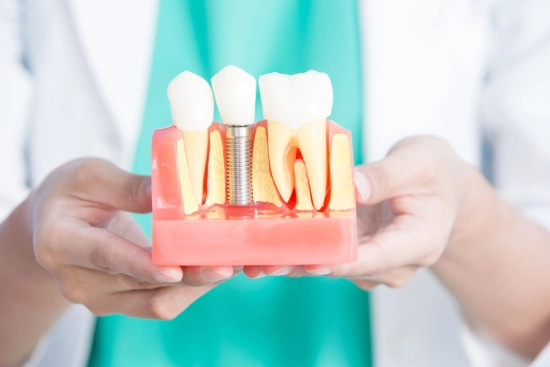
Preoperative phase
As a rule, people who are going to have a dental implant are required to undergo an x-ray examination of the mouth prior to the procedure.
By providing information on the anatomy of the upper and lower jaw (known as dental impressions),this radiographic examination enables the dentist in Turkey to create a dental implant that is tailored to the patient's needs. It also makes it easier for him to plan the different stages of the future installation.
Without an x-ray of the mouth, it would be impossible to make and fit a dental implant.
Occasionally, although very rarely, x-rays of the mouth may not be sufficient, in which case a CT scan is essential.
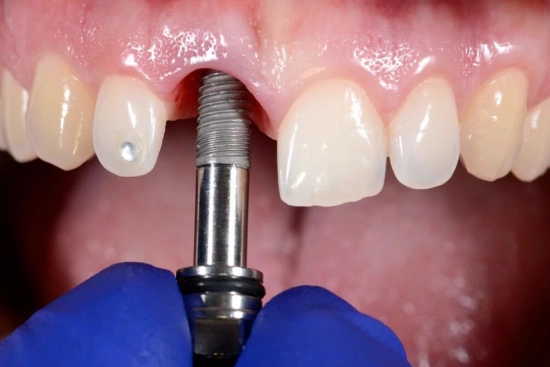
Contraindications and risk factors
Certain medical conditions require special attention before dental implants are placed. These include heart disease, osteoporosis, diabetes, immunosuppression, and anticoagulant medications. Pregnant women are also advised to postpone the procedure. In these situations, special precautions are taken to minimize risks and ensure patient safety.
Excessive smoking is also a major risk factor, as it can affect osseointegration and increase the risk of failure. In some cases, the clinician may recommend smoking cessation before proceeding with the procedure.
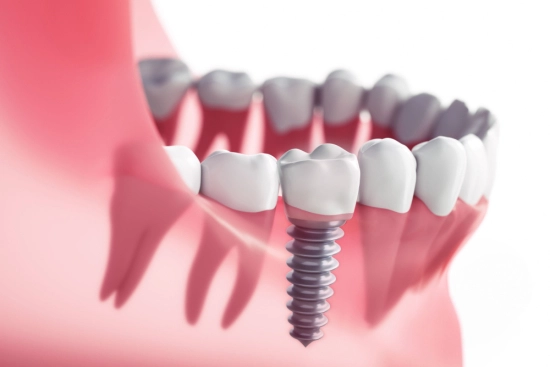
Stages of dental implantation in Turkey
Dental implantology is a meticulous procedure based on several essential steps:
Incision and implant site preparation
The first step is to gently incise the gum to lift a flap and gain access to the upper or lower jaw bone. This step exposes the area where the implant will be placed.
Drilling the bone to receive the implant
Special tools are used to drill into the bone to create a housing that perfectly fits the endosseous screw. This preparation is critical for optimal implant fixation.
Insert the endosseous screw
The endosseous screw, the heart of the implant, is precisely inserted into the prepared bone site. This is the most delicate phase of the procedure because the final stability of the implant depends on perfect positioning.
Fixing the prosthetic components
Once the implant is securely anchored, the prosthetic components (abutment and crown) are attached. This can be done in two ways:
- Immediate loading: the prosthesis is placed immediately after implant placement.
- Delayed loading: a period of several weeks is allowed for osseointegration, i.e. fusion between the implant and the bone.
Depending on the patient's case, the implantation can be performed in a single session or in two separate phases, depending on the bone quality and the type of treatment recommended.
Thanks to the expertise of specialized clinics in Turkey, this procedure is performed using the latest technology, guaranteeing long-lasting esthetic and functional results.
Dental implant success rates
Dental implants in Turkey have a success rate of over 95%, a figure that testifies to the expertise of the surgeons and the quality of the technology used. However, success depends on several factors, including the implant site and the condition of the patient's bone. Once the implant is properly integrated, the patient's dentition will be aesthetically pleasing and functional, with easier chewing and a brighter smile.
Before considering implant placement, the dentist will perform a thorough evaluation of the patient's bone status. Insufficient bone density or volume can compromise osseointegration, the essential process that allows the implant to permanently fuse with the jawbone. In such cases, additional techniques such as bone grafting may be considered to ensure the success of the procedure.
Tooth implant care
Ensuring the longevity and good health of your dental implant depends on rigorous maintenance and proper hygiene habits. Although implants are designed to last, regular monitoring and proper care are essential to prevent complications. In this regard, an annual check-up with your dentist is highly recommended to check the condition of the implant and prevent any infection or complications.
Rigorous oral hygiene remains the key to keeping an implant in perfect condition. Regular brushing with a quality toothbrush is essential and should be replaced periodically to ensure maximum effectiveness.
Regarding diet after implant placement, we recommend that you consume only liquid foods for the first three days after surgery. After that, more solid foods can be introduced gradually, depending on comfort and healing.
By following these simple precautions, you can optimize the life of your dental implant while ensuring a quick and safe recovery.
Share this page
The healing time for a dental implant depends on the number of implants placed and the patient's oral and gum health. It generally takes between 5 days and a week.
The lifespan of a dental implant is typically 15 to 30 years. However, with proper care and maintenance, dental implants can last a lifetime. The quality of the implant, the patient's oral hygiene habits, and any underlying health problems can all affect its durability.
Smoking is an extremely harmful habit for dental implants because it can damage the contact between the bone and the implant. Therefore, patients must quit or at least minimize cigarette consumption. Many studies show the correlation between dental implant failure and smoking.
Smokers are also more prone to infections immediately after surgery and have longer healing times.
In general, the price of a dental implant in Türkiye is between $ 400and $550. For example, an Osstem titanium dental implant costs about $400 in Türkiye. A Nobel Biocare zirconia dental implant costs approximately $595 in Türkiye.
Generally speaking, every situation is unique, since general and oral health conditions vary from one patient to another. However, the number of dental implants placed at one time can reach up to 12 per jaw. In most cases, this major procedure involves bone grafting and is performed under general anaesthetic.
